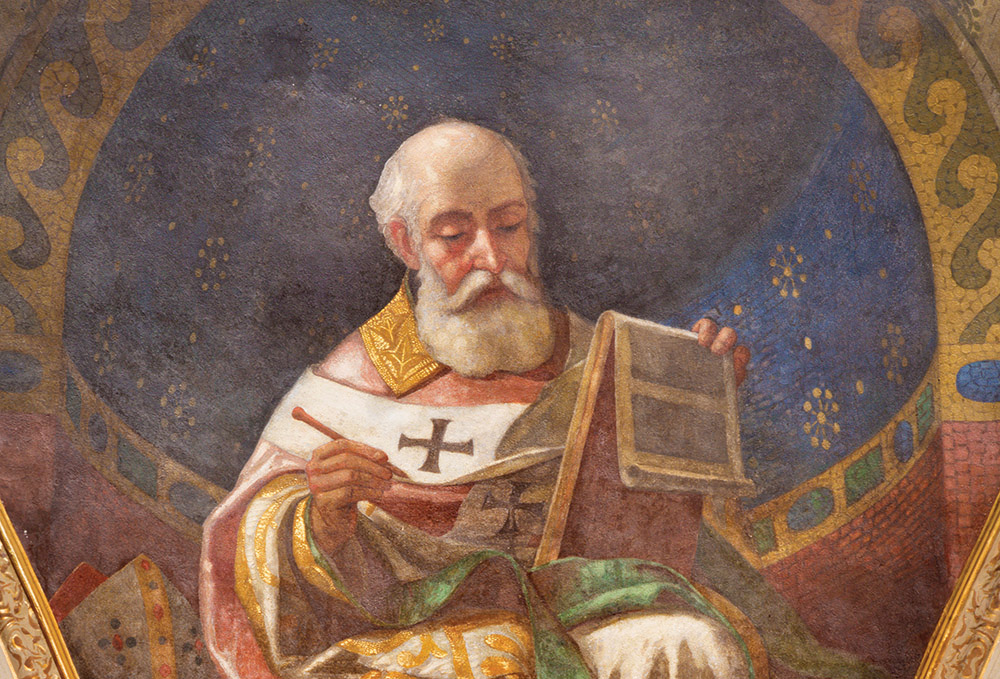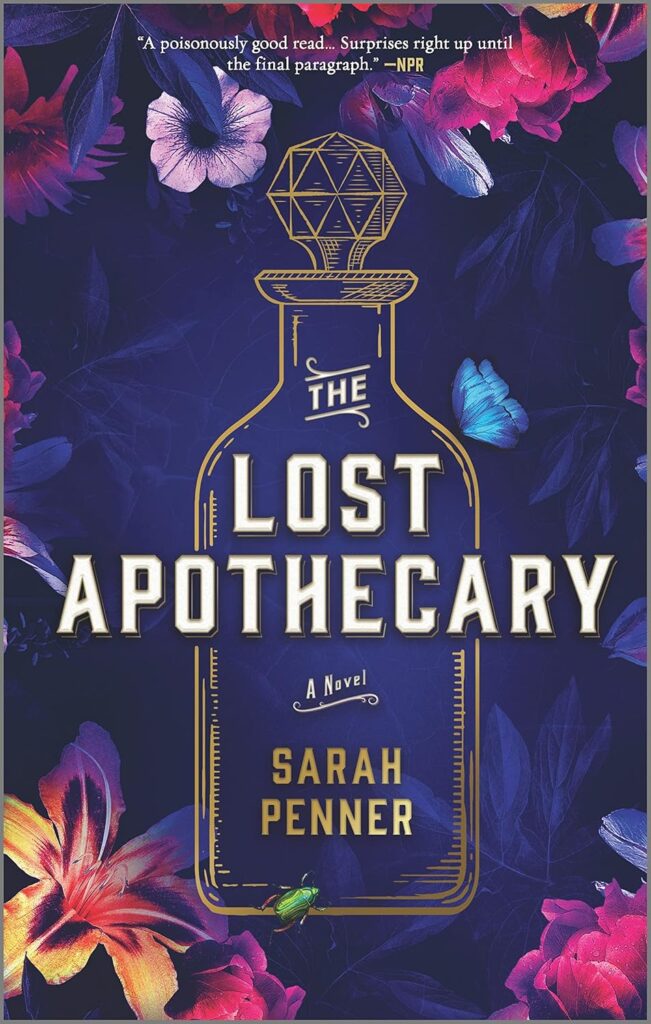St. Augustine of Hippo (354–430 AD) is one of the most influential figures in Western Christianity and philosophy. Known for his profound theological writings, including Confessions and The City of God, Augustine’s life story is a remarkable tale of intellectual pursuit, personal transformation, and spiritual devotion. Born in Roman North Africa, he lived during a time of great upheaval as the Roman Empire began to crumble, and his works shaped Christian thought for centuries. This article delves into his early life, his struggles with sin, his conversion to Christianity, his role as a bishop, and his enduring legacy.
Early Life in Thagaste
Augustine was born on November 13, 354 AD, in Thagaste, a modest provincial town in what is now Souk Ahras, Algeria, then part of the Roman province of Numidia. His full name was Aurelius Augustinus, reflecting his Roman heritage. His father, Patricius, was a pagan of modest means who served as a local official, while his mother, Monica, was a devout Christian whose faith would profoundly influence Augustine’s eventual conversion. The family was not wealthy, but they valued education, and Augustine’s intellectual gifts were evident from a young age.
Growing up in a culturally diverse region, Augustine was exposed to a mix of Roman, Punic, and Berber influences. His early education focused on Latin literature and rhetoric, skills that would later define his career. However, his youth was marked by restlessness and a lack of direction. In Confessions, Augustine famously describes his teenage years as a period of indulgence in “the lusts of the flesh.” At 16, while studying in Madauros, he fell into what he later called a “whirlpool of sin,” engaging in youthful excesses and petty theft—most famously stealing pears from a neighbor’s tree, an act he later reflected on as a symbol of his moral aimlessness.
Education and Early Career in Carthage
Augustine’s parents, recognizing his potential, sacrificed to send him to Carthage, the bustling cultural and economic hub of North Africa, to further his studies. There, he honed his skills in rhetoric, aiming for a career as a teacher or public orator—a prestigious profession in Roman society. Carthage, however, also exposed him to a world of temptation. At 17, he began a long-term relationship with a woman (whose name he never reveals in his writings), with whom he had a son, Adeodatus, meaning “given by God.” Though unmarried, Augustine remained faithful to her for over a decade, a relationship that reflected both his deep emotional capacity and his struggle with sexual desire.
During this period, Augustine encountered the works of Cicero, particularly Hortensius, which ignited his passion for philosophy and the pursuit of wisdom. Yet, this intellectual awakening did not immediately lead him to Christianity. Disillusioned with the Bible’s seemingly simple language compared to the elegance of classical texts, he turned instead to Manichaeism, a dualistic religion that promised a rational explanation of good and evil. For nearly a decade, Augustine adhered to this faith, drawn by its intellectual rigor and its rejection of personal responsibility for sin, which suited his lifestyle at the time.
The Search for Truth: From Rome to Milan
By his late twenties, Augustine had established himself as a successful rhetorician, teaching in Carthage and later moving to Rome in 383 AD to advance his career. However, he grew increasingly dissatisfied with Manichaeism, finding its explanations inadequate. His mother, Monica, followed him to Italy, praying tirelessly for his conversion to Christianity. In 384, Augustine secured a prestigious position as a professor of rhetoric in Milan, then the western capital of the Roman Empire. This move brought him into contact with two pivotal figures: Ambrose, the eloquent Bishop of Milan, and the Neoplatonic philosopher Plotinus.
Ambrose’s sermons captivated Augustine, blending rhetorical brilliance with Christian doctrine. Meanwhile, Neoplatonism, with its emphasis on a transcendent, immaterial God, offered him a philosophical framework to reconcile his intellectual doubts with the concept of a divine being. These influences began to erode his resistance to Christianity, though he still wrestled with his personal vices, famously praying, “Lord, make me chaste—but not yet.”
The Conversion in the Garden
Augustine’s transformative moment came in the summer of 386 AD, at the age of 31. Living in Milan, he was tormented by inner conflict—torn between his desire for truth and his attachment to worldly pleasures. One day, sitting in a garden, he heard a child’s voice chanting, “Tolle, lege” (“Take up and read”). Interpreting this as a divine sign, he opened a nearby copy of the New Testament to Romans 13:13-14: “Let us walk honestly, as in the day; not in rioting and drunkenness, not in chambering and wantonness… But put ye on the Lord Jesus Christ, and make not provision for the flesh.” In that instant, Augustine felt a profound peace, convinced that God had spoken directly to him. He decided to abandon his old life, embrace chastity, and commit to Christianity.
He resigned his teaching post, retreated with friends and family to a villa in Cassiciacum, and prepared for baptism. On Easter Vigil, April 24-25, 387 AD, Ambrose baptized Augustine and Adeodatus in Milan. This marked the beginning of a new chapter, one defined by faith rather than worldly ambition.
Return to Africa and Monastic Life
After his conversion, Augustine intended to return to Africa and live a quiet, contemplative life. Following Monica’s death in Ostia in 387 AD, he arrived back in Thagaste in 388, selling his possessions to establish a small monastic community. He devoted himself to prayer, study, and writing, producing early works like On Free Will and On the Teacher. However, his reputation as a scholar and convert spread, and in 391, during a visit to Hippo Regius (modern Annaba, Algeria), the local Christian community pressed him into service as a priest. Despite his reluctance, Augustine accepted, seeing it as God’s will.
Bishop of Hippo and Theological Giant
In 395, Augustine was consecrated as coadjutor bishop of Hippo, succeeding as sole bishop in 396. For the next 34 years, he led his flock through a tumultuous era marked by the decline of Roman authority and the rise of barbarian invasions. As bishop, he preached regularly, mediated disputes, and combated heresies such as Donatism (a schismatic movement emphasizing church purity) and Pelagianism (which denied original sin and overemphasized human free will). His pastoral duties were demanding, yet he found time to produce an extraordinary body of work.
Confessions (c. 397-400), his spiritual autobiography, remains a literary masterpiece, blending introspection, theology, and praise. The City of God (413-426), written after the sack of Rome in 410, defends Christianity against pagan accusations and articulates a vision of history as a struggle between the earthly city and the divine city. Other works, like On the Trinity and numerous sermons, cemented his status as a foundational Christian thinker.
Final Years and Legacy
Augustine’s later years were overshadowed by the Vandal invasion of North Africa. In 430 AD, as the Vandals besieged Hippo, he fell ill with a fever. On August 28, 430, at age 75, he died, reciting the penitential Psalms. His body was later moved to Pavia, Italy, where it rests today.
Augustine’s influence is immeasurable. His ideas on grace, original sin, and the nature of God shaped medieval theology, influenced the Protestant Reformation, and remain central to Catholic doctrine. Philosophers admire his insights into time, memory, and human will, while his personal journey resonates as a universal story of redemption.












